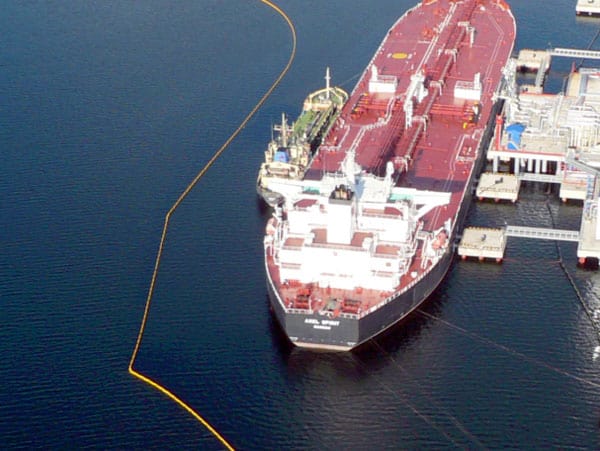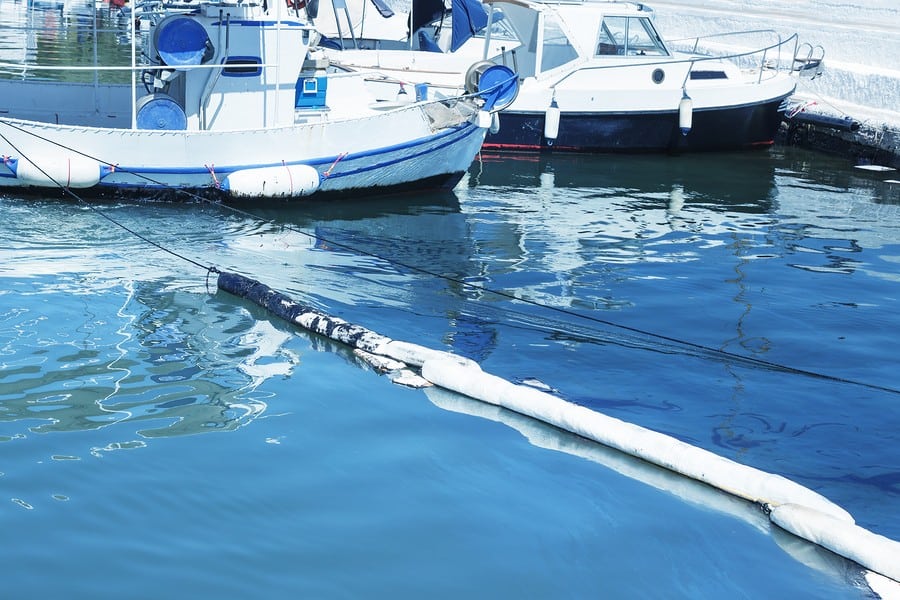Oil spills can be disastrous for the environment and costly for businesses. Quick and efficient cleanup is crucial to minimize their impact. One of the most effective tools in tackling such spills, especially on water, is the use of oil-only absorbent booms. These specialized products are designed to absorb oil while repelling water, making them ideal for containing and cleaning up oil spills.
In this article, we’ll explore how oil-only absorbent booms work, why they are essential in spill response, and how to maximize their effectiveness in spill cleanups.
Understanding Oil-Only Absorbent Booms
Oil-only absorbent booms, also known as oil spill containment booms, are long, cylindrical barriers used to contain and absorb oil on the surface of water. They are made from materials that are hydrophobic (repel water) and oleophilic (attract oil), allowing them to selectively soak up oil while ignoring water.
How Do They Work?
The principle behind oil-only absorbent booms is simple yet effective. When placed on water, the booms float and form a barrier that prevents oil from spreading further. The oleophilic nature of the materials they are made from ensures that oil sticks to them while water is kept at bay.
The booms are typically connected end-to-end, creating a perimeter around the spill area. This confines the oil to a specific zone, making it easier to skim off the surface or absorb.
Benefits of Using Oil-Only Absorbent Booms
The use of oil-only absorbent booms comes with several benefits:
- Selective absorption: They specifically target oil, ensuring that water is not wastedly absorbed, which would reduce the boom’s effectiveness and increase disposal costs.
- Easy deployment: Booms can be quickly deployed around the spill area, helping to contain and control the spill in a timely manner.
- Versatility: They can be used in a variety of environments, from small ponds to large bodies of open water.
- Reusability: Some oil-only absorbent booms can be wrung out and reused, depending on the type of oil and conditions of the spill.

Best Practices for Oil Spill Cleanups
To maximize the efficiency of oil-only absorbent booms in spill cleanups, it’s important to follow best practices.
Timely Response
The sooner you can respond to an oil spill, the more effectively you can contain and clean it up. Quick deployment of oil-only absorbent booms can prevent the spill from spreading to unaffected areas, protecting wildlife and reducing environmental damage.
Proper Positioning
Ensure the booms are properly positioned to encircle the spill completely. Overlapping the ends of adjacent booms can help prevent oil from escaping the containment area.
Regular Maintenance
Regularly inspect and replace the booms as needed. Oil-absorbent booms can become saturated and lose their effectiveness over time. Monitoring and maintaining them ensures that they continue to perform optimally throughout the cleanup process.
Safe Disposal
Once the booms have done their job, they must be disposed of in accordance with local regulations. Used oil-absorbent booms can be considered hazardous waste, and proper disposal is essential to prevent secondary contamination.
Choosing the Right Oil Absorbent
Not all oil spills are the same, and neither are the tools used to clean them up. When selecting an oil absorbent, consider the following factors:
Type of Oil
Different oils have varying viscosities and behaviors on water. Choose an absorbent boom that is suitable for the type of oil you are dealing with.
Environmental Conditions
The environment where the spill occurs can influence the choice of absorbent. Factors such as water currents, wind, and weather conditions should be taken into account.
Absorbency Requirements
Consider the size of the spill and the absorbency capacity needed. Oil-only absorbent booms come in various sizes and absorbency rates to accommodate different spill volumes.
Quality and Durability
High-quality, durable booms are more effective and can withstand harsh conditions. They are also less likely to tear or break, which could lead to the release of absorbed oil.

Environmental Impact and Compliance
When dealing with oil spills, it’s crucial to not only clean up effectively but also to comply with environmental regulations. Using oil-only absorbent booms can help businesses meet these requirements by providing a targeted and environmentally responsible response to oil spills.
Protecting Wildlife and Habitats
By containing the oil quickly, absorbent booms help protect local wildlife and their habitats from the harmful effects of oil pollution.
Regulatory Compliance
Many regions have strict guidelines for spill response and cleanup. Employing the right absorbent tools can ensure that your actions are in line with these regulations, avoiding potential fines and legal issues.
Technology for Sales Success
Advancements in technology have led to the development of more sophisticated oil-only absorbent booms. Features such as enhanced absorbency materials, increased strength, and improved environmental compatibility make these booms more effective than ever.
Innovations in Absorbent Materials
New materials and manufacturing techniques have resulted in booms that can absorb more oil while remaining buoyant and durable in a variety of conditions.
Improved Deployment Techniques
The ease of deployment has been enhanced through the use of advanced deployment systems, allowing for rapid response in the event of a spill.
Tracking and Monitoring Systems
Some oil-only absorbent booms are equipped with tracking and monitoring systems, enabling responders to observe the containment in real-time and make adjustments as necessary.
Case Studies: Success Stories
To illustrate the effectiveness of oil-only absorbent booms, let’s look at real-world examples where they have played a pivotal role in spill response and cleanup efforts.
Industrial Spill Containment
In a scenario where a manufacturing plant experienced a significant oil leak, the prompt deployment of oil absorbent booms helped contain the spill within the plant’s retention ponds, preventing it from reaching nearby waterways.
Marine Oil Spill Response
During a marine oil spill, oil-only absorbent booms were successfully used to contain the spill and protect the coastline from contamination, demonstrating their value in protecting sensitive marine environments.
Conclusion
Oil-only absorbent booms are a key component in the fight against oil spills. By understanding how they work, implementing best practices, and selecting the right products for the job, businesses can effectively respond to spills, mitigate environmental damage, and comply with regulatory standards.
Whether facing an industrial accident or a marine spill, the strategic use of oil-absorbent booms can make a significant difference in the outcome of cleanup efforts. As technology continues to advance, we can expect even greater improvements in the design and functionality of these essential tools.
Remember, being prepared with the right spill response equipment is not just good practice—it’s an investment in environmental stewardship and corporate responsibility.
Shop AbsorbentsOnline.com for Oil-Only Absorbent Booms
Ready to enhance your oil spill response capabilities? Look no further than AbsorbentsOnline.com! Our extensive range of high-quality oil-only absorbent booms is designed to meet the demanding needs of any spill situation. With a variety of sizes, absorbency rates, and innovative features, you’re sure to find the perfect solution to safeguard your operations and protect the environment.
Don’t wait until a spill happens—be proactive and prepared. Visit AbsorbentsOnline.com today to browse our selection of oil-only absorbent booms and other essential spill response products. Ensure you’re equipped with the best tools to tackle spills effectively and responsibly. Invest in safety, invest in the environment, and make a difference with AbsorbentsOnline.com.